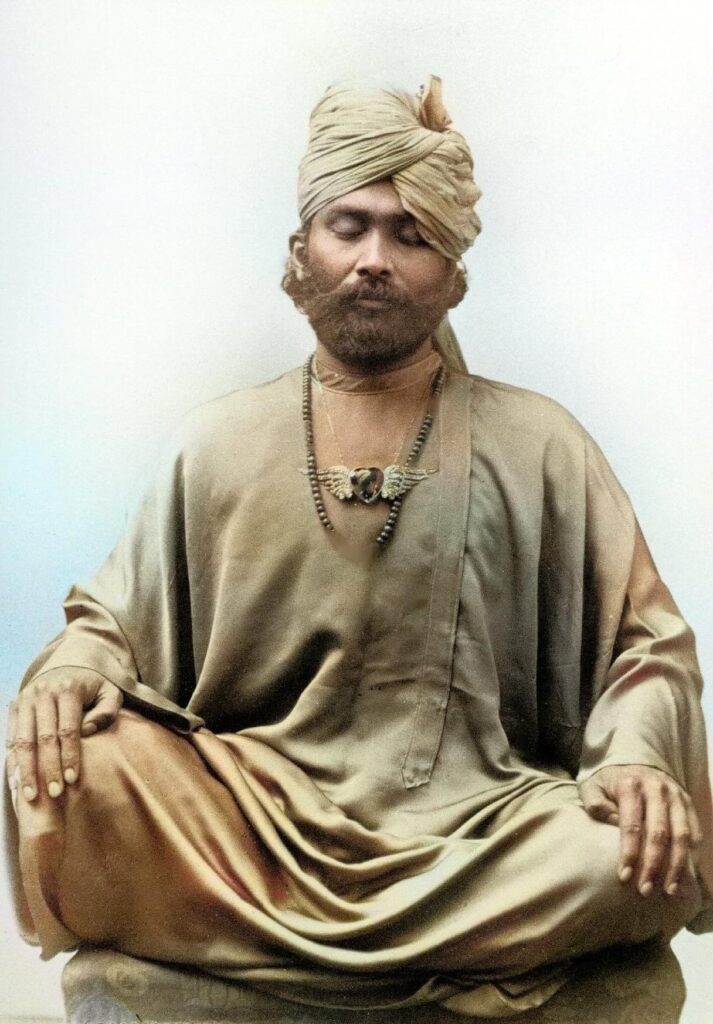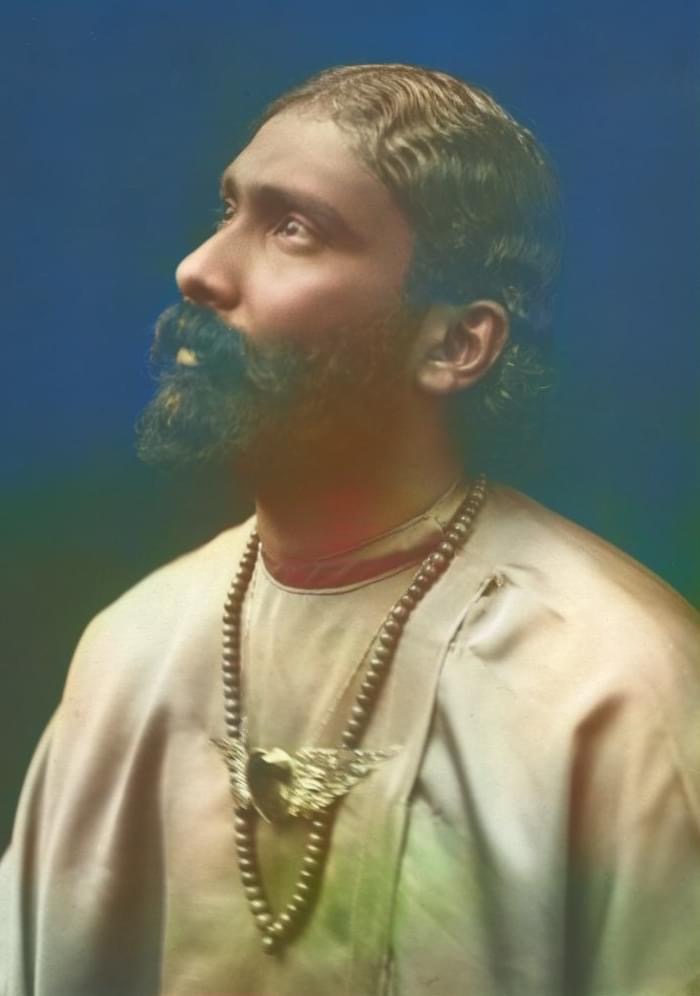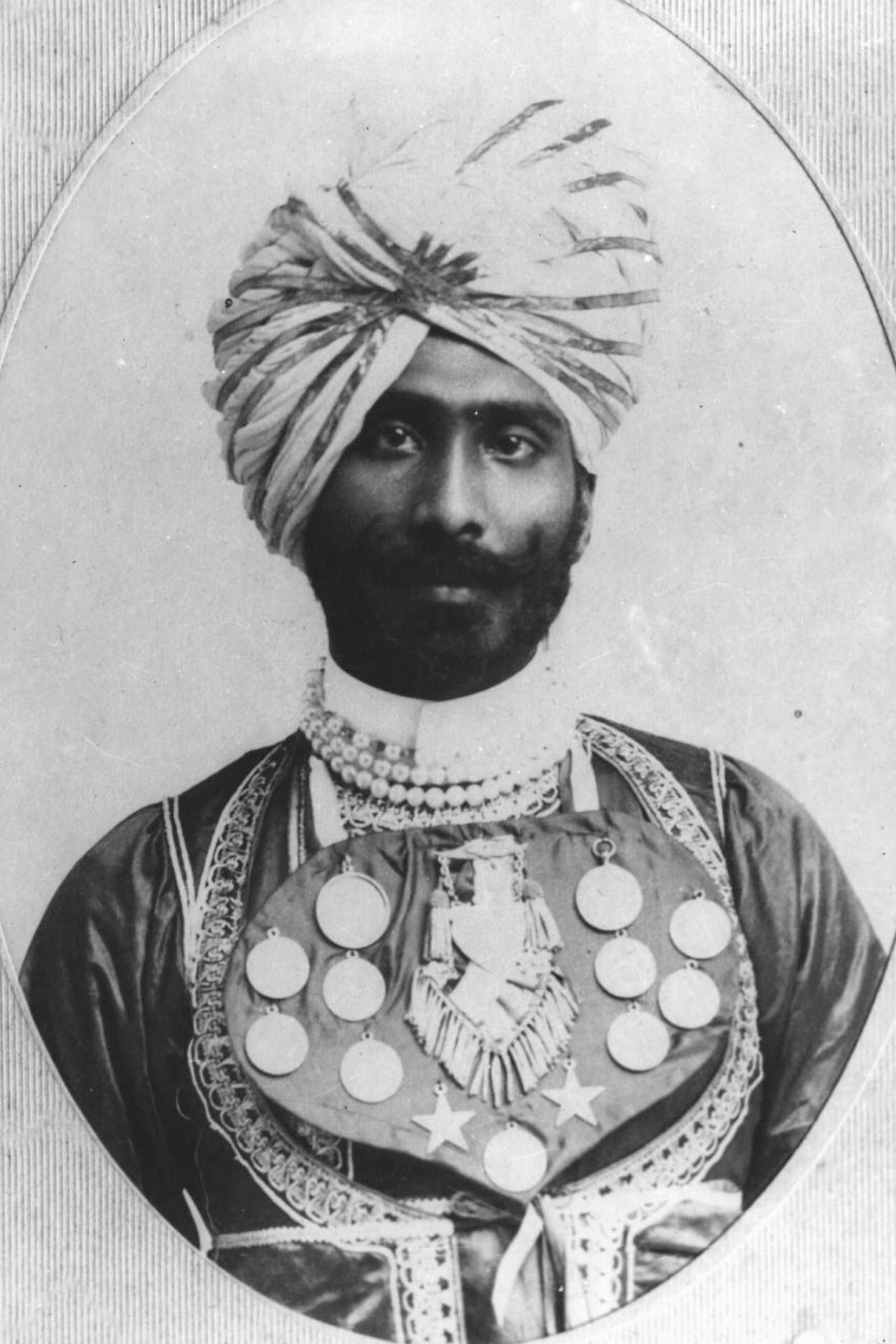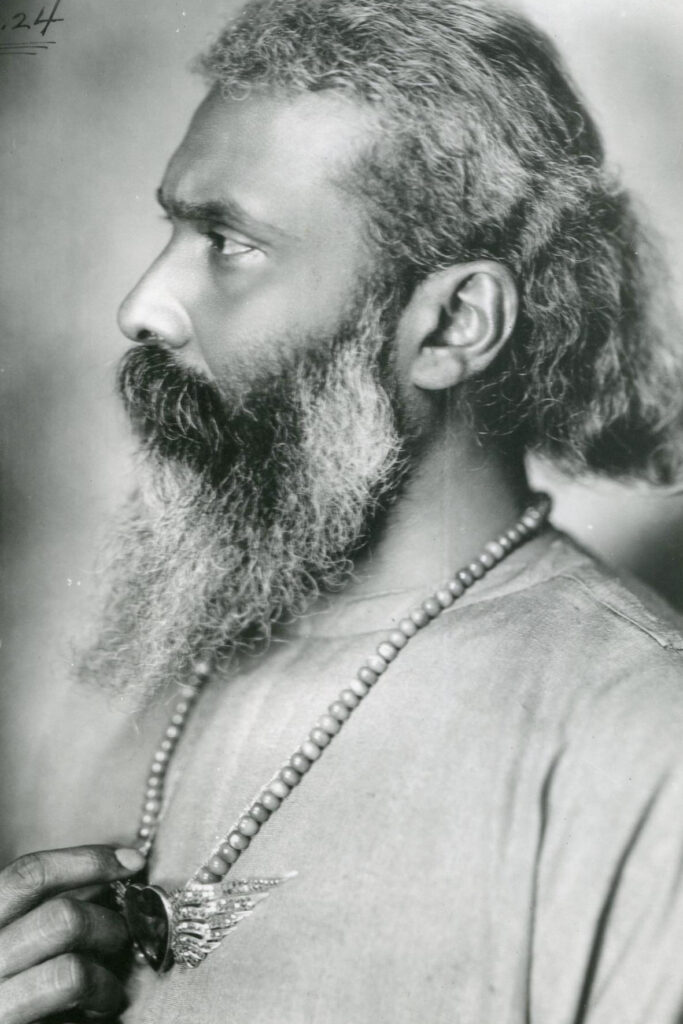Hazrat
INAYAT KHAN
In 1910, Hazrat Inayat Khan, accompanied by his two brothers Maheboob and Musharaff and his cousin Ali Khan, embarked on an odyssey that would span three continents and transform the lives of thousands of people.
Birth and Youth
Hazrat Inayat Khan was born in 1882 in Baroda (now called Vadorada), northern India, into a family of renowned musicians. He received a thorough education in traditional and classical Indian music.
In 1896, at the age of 14, he spent a year in Nepal with his father. During long walks in nature, he found the peace from which derives his ten Sufi thoughts. On his return, he was introduced to Western music through his uncle who had studied at the Royal Academy of Music, London, UK. From the age of 16, he taught music and wrote books on music theory. Two years later, he began travelling around India, giving concerts and teaching music. At the age of 21, he obtained the title of Tansen (master musician) at the court of the Nizam of Hyderabad. During this time, he also met his Sufi master Syyed Abu Hãshim Madani, who initiated him into the Sufi order Chishti, as well as teachings of the Suhrawardia, Nashbandia and Qadiria.
At the end of 1909, while continuing his career as a musician, he presented a national music teaching programme to the Indian government. In 1910, following the death of his father, Hazrat Inayat Khan, accompanied by his brother Maheboob and his cousin Ali Khan, left India for the United States; they were later joined by their younger brother Musharaff.

Years in the West
The group toured the major cities of the United States with the dancer Ruth St Denis. Inayat Khan at the same time gave concerts and lectures on Hindu music and art.
In 1912, the three brothers and the cousin went to England, where their concerts of oriental music were less successful. The same year, they went to Paris where they played the music for Mata Hari’s show. Hazrat Inayat Khan met the composer Claude Debussy.
In 1913, Hazrat Inayat Khan, his wife, brothers and cousin travelled to Russia, where they received a warm welcome. It was in Moscow that Noor-un-Nisa, his first daughter, was born, and where he finished his first book A Sufi Message of Spiritual Liberty which was published in Russian, French and English. A year later, the family returned to France, and at the outbreak of WWI lived in England where a group of followers formed and Inayat Khan travelled giving lectures. During the war years, he developed his activities, founding the first Sufi associations, while continuing to give concerts of Indian music.
In the aftermath of the war, Europe was longing for peace, unity and dialogue to try and prevent the horror of war from happening again. In 1920 the League of Nations was established in Geneva and in that same year Inayat Khan, with his message of unity above race, creed or religion established the headquarters of the Sufi Movement in Geneva. In the tradition of the Sufi masters of India, he embraced the ideals of his time. Inayat Khan, his American wife Ameena Begum, and his four children: Noor-un-Nisa, Vilayat, Hidayat and Khair-un-Nisa together with his brothers, and his cousin, left England to live in France.
Once settled in France he began travelling through Europe and Sufi centres following his teachings were set up in Belgium, France, The Netherlands and Switzerland as well as those already created in the USA and England. The first summer school took place in 1921. In 1922, the family moved permanently to Fazal Manzil in Suresnes. Until 1926, the form of Sufism that Inayat Khan taught met with increasing success. He returned to the US twice in 1923 and 1925 and travelled throughout Europe. At the end of 1926, he returned to India where he gave lectures in several cities. He fell ill in January 1927 and died in Delhi on 5 February 1927.





